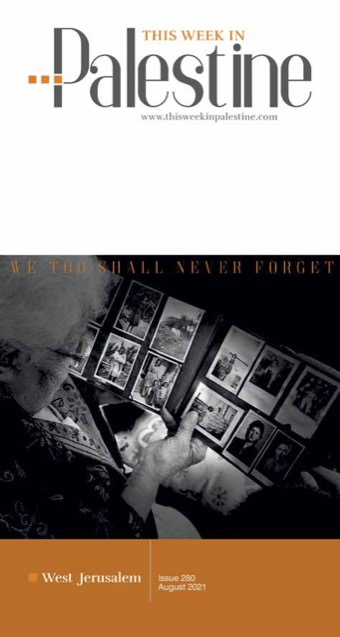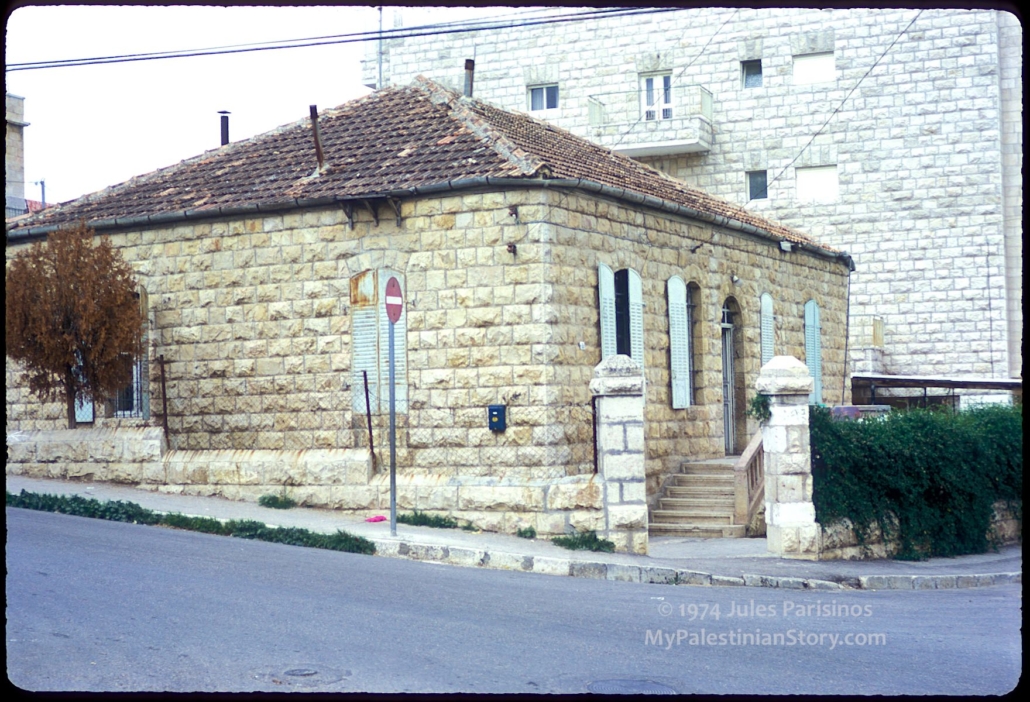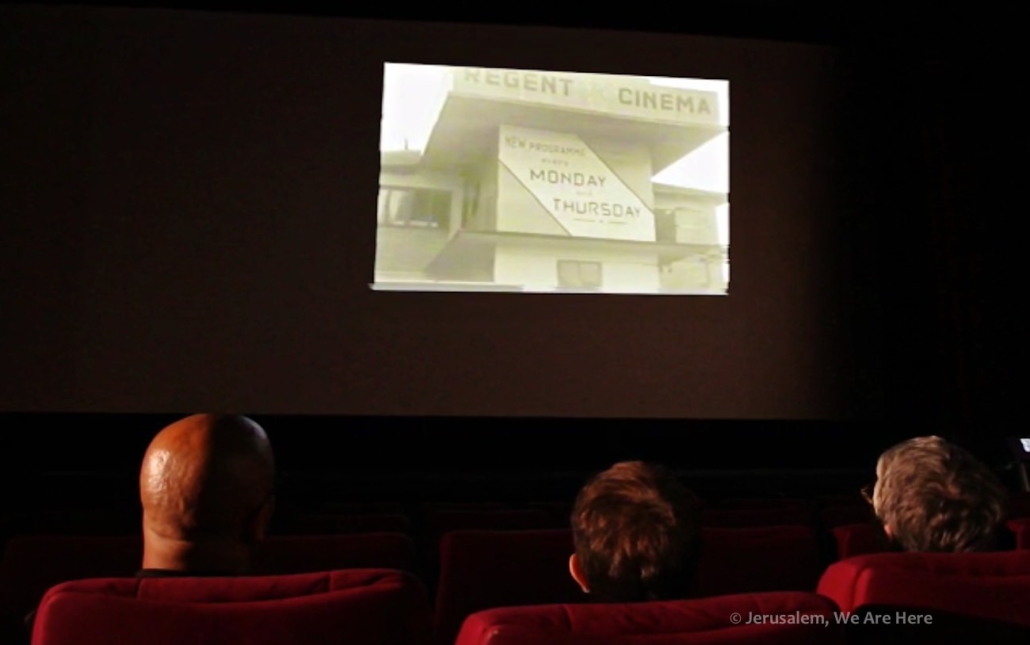To ask for a map is to say, “Tell me a story”
— Maps of the Imagination: The Writer as Cartographer
by Peter Turchi
There are two parts to the Jerusalem, We Are Here (JWRH) interactive documentary: the tours and the map. The tours are, true to their name, guided tours of Katamon. The visitors select the Green, Red, or Yellow tour which they then follow on a walk along the streets of the neighbourhood (by means of Google Maps) while listening to narration. There are stops along the way—the houses of the participants or historical locations—where they can watch videos, listen to audio, or read about a place or person.
Just like the tours, the map of JWRH tells a story—many stories, in fact. It tells of the people who lived, worked, and played in Katamon and beyond, before they were scattered by the winds of the 1948 war to different parts of the world. Each house, each building contains one or more stories, one or more testaments to the life that was. Unlike official maps which are typically created by states using scientific measuring tools, our map has been developed organically, from the ground up, with the collective memory as its main resource, and stands contrary to the official story.
This blog post traces how the map was created and evolved. It also announces a significant expansion which is under way, thanks to the generous financial support of Tony Mansour and his family.
Read more



